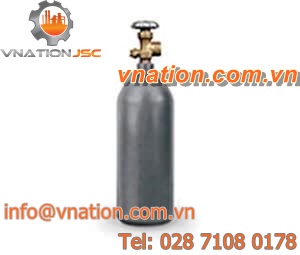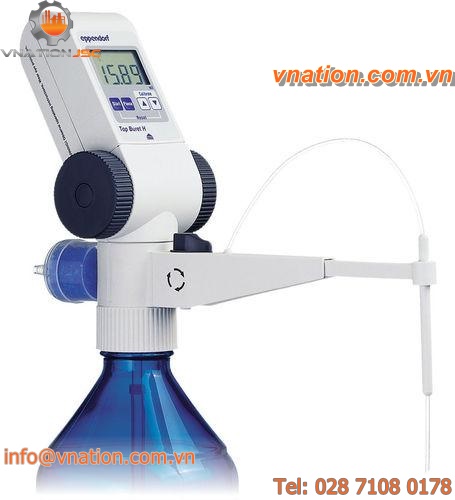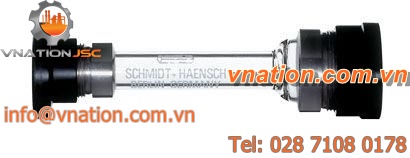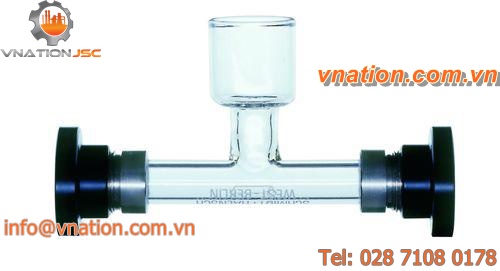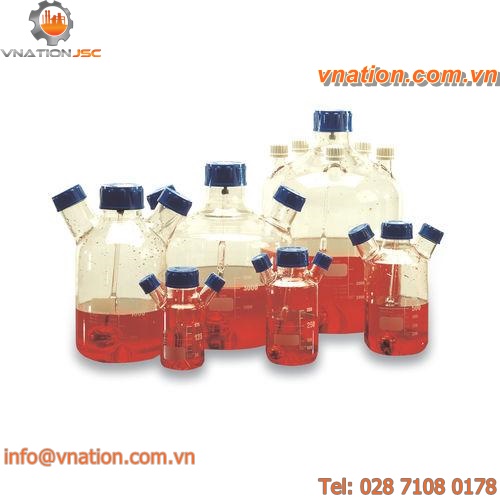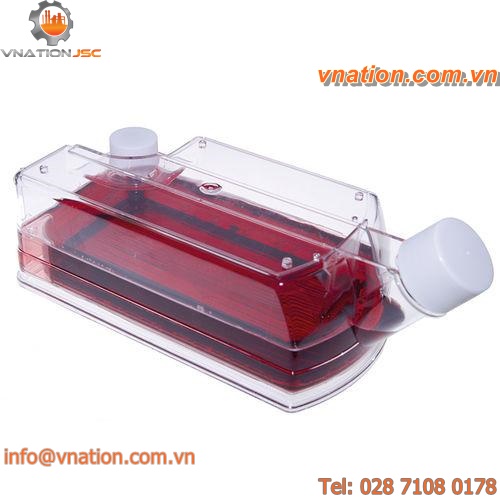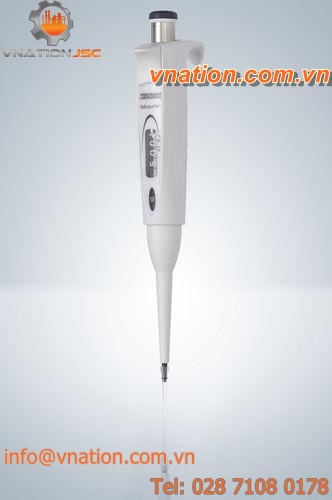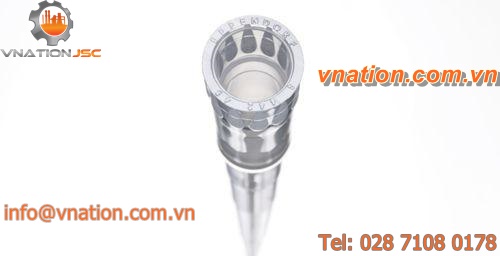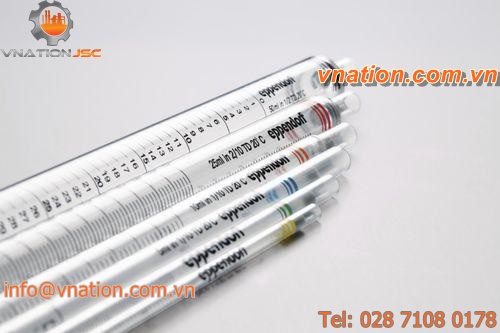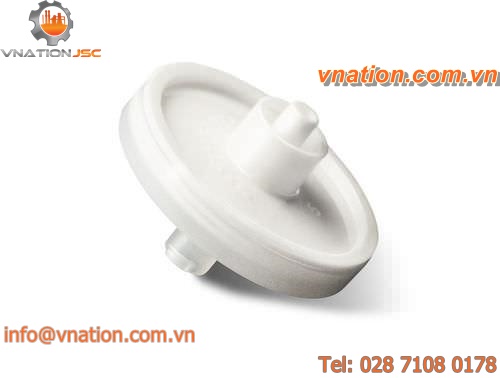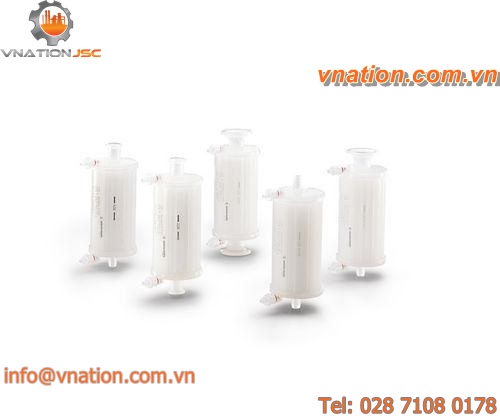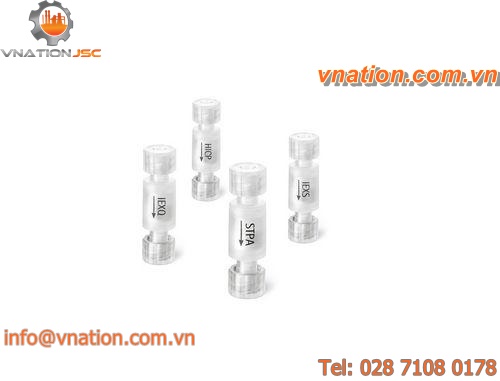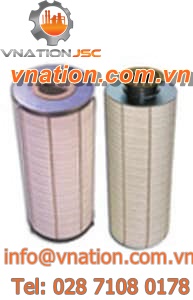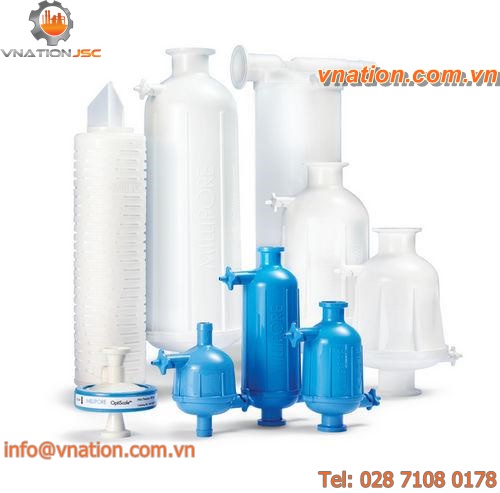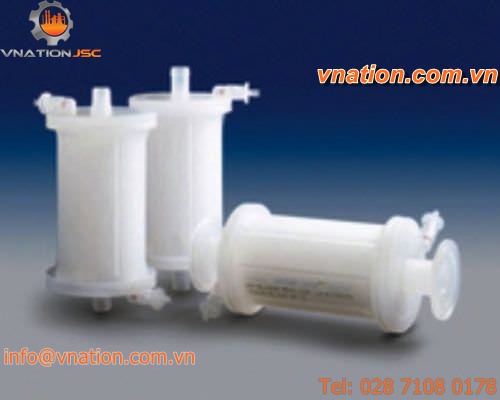 laboratory gyratory compactor
laboratory gyratory compactor
CRT-GYR
Vnation JSC

Gyratory compaction is considered to be one of the best methods of laboratory compaction for the assessment of compactibility and the manufacture of test specimens.
Compaction is achieved by the application of a vertical stress (normally 600kPa) via end platens to a known mass of asphaltic mixture within a 100 or 150mm internal ? mould. The longitudinal axis of the mould is rotated (gyrated) at a fixed angle to the vertical whilst the platens are kept parallel and horizontal. During compaction the height of the sample is automatically measured and both the mixture density and void content calculated. The compaction progresses and it is also saved in Microsoft Excel? compatible format. The operator can choose whether to compact for a certain number of gyrations or until a target mixture density or void content is achieved.
Problems with existing compactors are mainly related to build quality and ease of use. Unlike most compactors 100 and 150mm ? moulds can be tested without changing machine parts. A filled gyratory compactor mould is heavy and often very hot. In many cases these moulds have to be lifted in and out of gyratory compactors. With the Gyratory Compactor CRT-GYR, no lifting of filled moulds is required. They are automatically lowered into position for compaction and lifted then again. An optional extra mould demoulding system is also available. See what CRT-GYR asphalt compaction configurations Cooper suggests.









